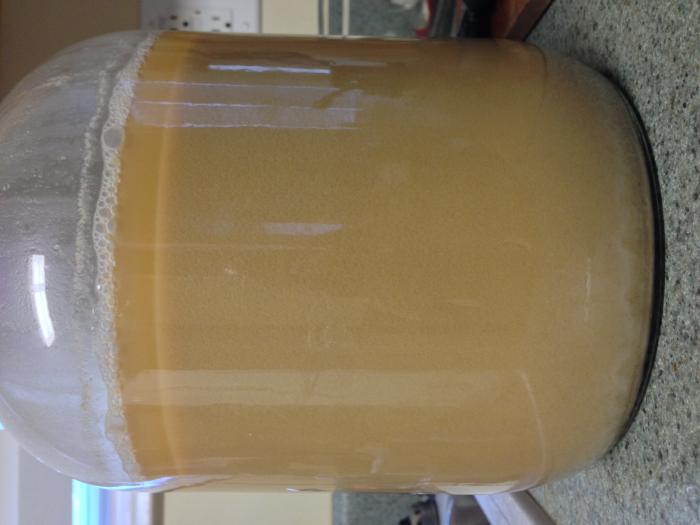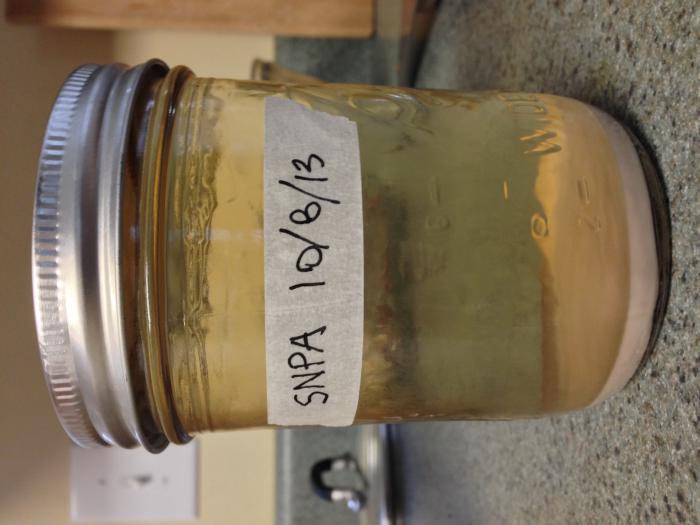So, I've read through most of this thread, about 125 pages worth and haven't come across this yet.
I have yeast from a porter, WLP002, I racked the beer out of the primary into bottling bucket this weekend, pre-boiled and sanitized two mason jars, and poured the yeast cake into the mason jars. I'm hoping to brew
this beer this weekend. My plans were to reuse the yeast from the porter. And, yes I realize there might be some minute porter character, which might be good in this.
My question is the yeast in the jars doesn't seem to be "white." I have only decanted them once, shortly after removing it from the fermenter, but there doesn't seem to be much of a change in the color of the yeast.
Picture in next post is what the yeast looks like.







![Craft A Brew - Safale BE-256 Yeast - Fermentis - Belgian Ale Dry Yeast - For Belgian & Strong Ales - Ingredients for Home Brewing - Beer Making Supplies - [3 Pack]](https://m.media-amazon.com/images/I/51bcKEwQmWL._SL500_.jpg)



































